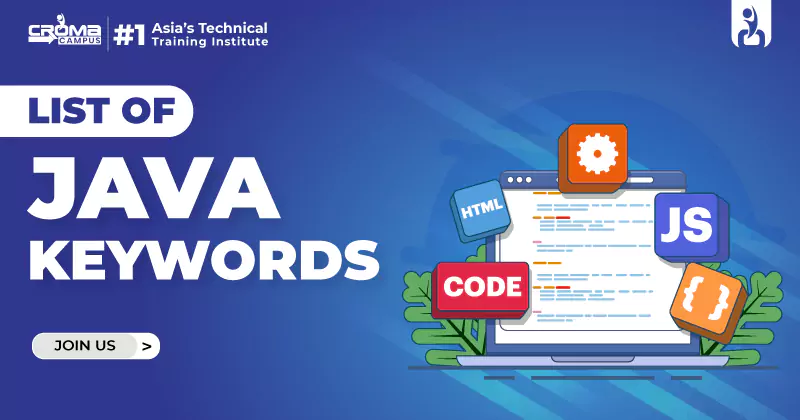Top 20 Python Interview Questions & Answers In 2025
4.9 out of 5 based on 2041 votesLast updated on 17th May 2023 3.1K Views
- Bookmark

Hi, I'm here today to share something that I hope will bring you value, especially if you're preparing for a Python job interview.

Hello, Python
Lovers and Followers!
I'm here today
to share something that I hope will bring you value, especially if you're
preparing for a Python job interview. Python is one of the most popular
programming languages today, and it's no surprise that Python knowledge is a
sought-after skill in the tech industry. As such, acing a Python interview is a
crucial step towards landing that dream job.
I have compiled a list of Twenty Python interview questions that often surprise candidates. These questions move beyond the common queries and delve into more specialized aspects of Python programming. I have also provided detailed answers for each question to aid your understanding. Let's get started!
1. What is the concept of memory management in Python?
Python uses a
garbage collector for memory management. Specifically, it employs a technique
called reference counting, and to clean up circular references (which reference
counting can't handle), it uses a cycle-detecting garbage collector.
2. Explain the use of *args and **kwargs.
*args and
**kwargs allow a function to accept optional arguments, so the function can be
called with any number of arguments.
3. What are Python generators and how are they different from the regular functions?
Generators in Python are special functions that generate a sequence
of values on-the-fly, rather than storing them in memory all at once.
4. What do you mean by duck typing in Python?
Duck Typing is a feature in Python that focuses more on the behavior
of a function rather than its class or type of object.
5. How does exception handling work in Python?
Exception
handling in Python allows you to handle and recover from runtime errors
gracefully. It involves using 'try', 'except', 'else', and 'finally' blocks.
The 'try' block contains the code that may raise an exception. If an exception
occurs, it is caught by the corresponding 'except' block. The 'else' block
executes if no exceptions are raised, and the 'finally' block always executes,
regardless of exceptions, allowing for proper resource cleanup.
6. What is the GIL (Global Interpreter Lock) in Python?
The Global
Interpreter Lock, or GIL, is a mechanism that prevents multiple native threads
from executing Python bytecodes at once. This lock is necessary because
CPython's memory management is not thread-safe.
7. What is a generator in Python and how does it differ from a regular function?
A generator is a special type of function that returns an iterable set of items, one at a time, in a special way. Unlike a regular function that returns values once, a generator yields values multiple times, pausing after each, thereby saving memory.
You May Also Read:
Python Programming for Beginners
Data Science Interview Questions and
Answers
8. What is a context manager in Python? Can you create your own?
A context
manager in Python is an object that defines methods to be used in conjunction
with the "with" keyword. Yes, you can create your own context manager
by implementing __enter__ and __exit__ methods in your class.
9. How does exception handling work in Python?
In Python,
exceptions can be handled using a try/except block. The code that
could potentially cause an error goes in the try block. The code that
executes if an error happens goes in the except block.
10. What is the difference between __str__ and __repr__?
These are both special methods in Python. __str__ is meant to return a user-friendly string rep __str__ is meant to return a user-friendly string representation of an object, while __repr__ is meant to provide an unambiguous string representation of the object that could be used to reproduce the object. Generally, __repr__ is for developers and __str__ is for end-users.
11. Can you
explain the use of yield keyword in Python?
yield is used in Python generators. A generator function is defined like
a normal function, but whenever it needs to generate a value, it does so with
the yield keyword rather than return. This allows the function to
produce a sequence of values over time, rather than computing them all at once
and sending them back in a list, for example.
12. What is the difference between deepcopy and copy?
copy performs a shallow copy of an object, meaning it copies the object
and its simple data, but not other objects it references. deepcopy, on
the other hand, copies an object and every object it references, recursively.
This means changes to the original object won't affect the deep copied object.
13. How can you randomize the items of a list in place in Python?
The random.
Shuffle function can be used to randomize the items of a list in place in
Python.
14. What is pickling and unpickling in Python?
Pickling is the
process of serializing Python object structures into byte stream, while
unpickling is the reverse operation, converting byte stream back into Python
object hierarchy.
15. How can you swap two variables in Python?
In Python, you
can swap two variables using tuple unpacking, like this: a, b = b, a.
16. How does break, continue and pass work in Python?
break ends the current loop and resumes execution at the next statement. continue
to move the execution to the start of the loop for the next iteration. pass
is a null operation — nothing happens when it executes.
17. What is the use of an else statement in loops in Python?
In Python, the else
statement in a loop is executed when the loop has finished iterating the list.
If the loop ends normally (no break statement encountered), then the else
block is run.
18. What is monkey patching in Python?
The technique
where you modify or extend the behavior of a module or class at runtime.
19. Tell us about the lambda function in Python and its benefits?
A lambda function is an anonymous function, declared with the lambda keyword. It's beneficial when you need a small function for a short period of time and don't want to define it using the def keyword.
20. Can you explain the use of the zip function in Python?
zip is a built-in function that takes in iterables as arguments and returns an iterator that aggregates elements from each of the iterables. It's useful for looping through multiple lists in parallel.
Conclusion:
As you delve
into the realm of Python interviews, armed with knowledge and confidence,
remember that preparation is key. These top 20 Python interview questions and
answers for 2025 provide a solid foundation to showcase your skills and
expertise. However, don't limit yourself to just these questions. You can join
us to Learn Python Online Course. Explore
additional topics, work on coding exercises, and gain hands-on experience to
strengthen your Python prowess.
Embrace the
opportunity to demonstrate your problem-solving abilities, logical thinking,
and passion for Python. Remember, an interview is not just about answering
questions correctly but also about showcasing your ability to apply your
knowledge to real-world scenarios.
So, take a deep breath, stay positive, and let your enthusiasm for Python shine through. Good luck with your upcoming interviews, and may you embark on a successful Advanced Python Programming Course journey!
Subscribe For Free Demo
Free Demo for Corporate & Online Trainings.
Your email address will not be published. Required fields are marked *





















 Master in Cloud Computing Training
Master in Cloud Computing Training